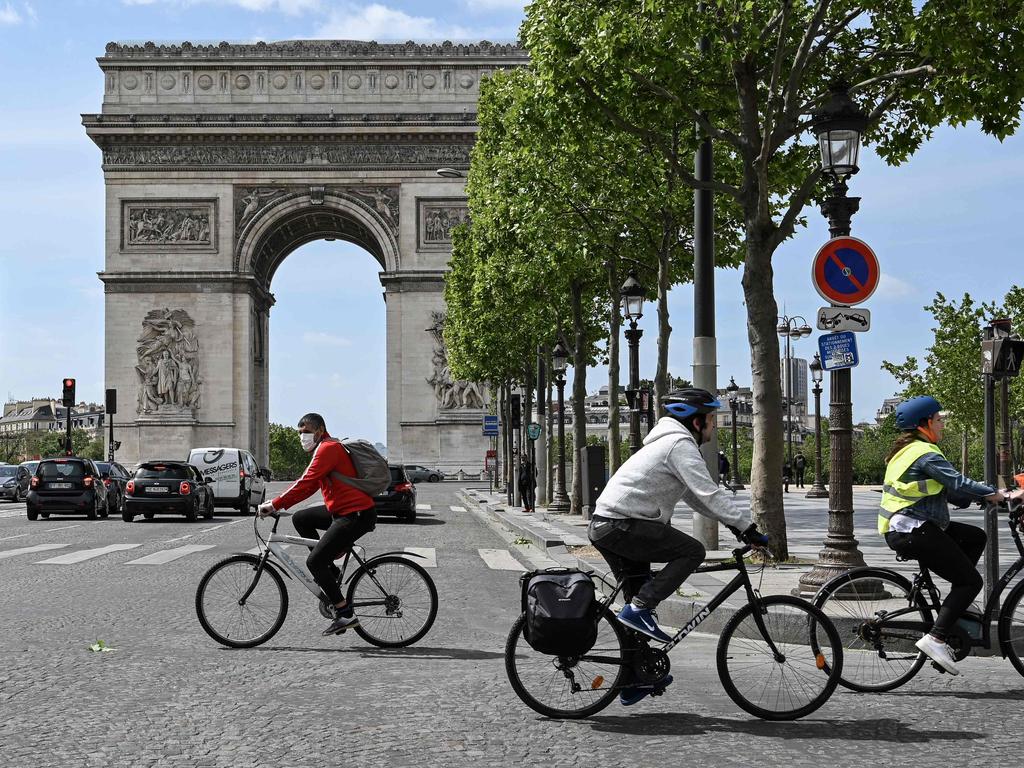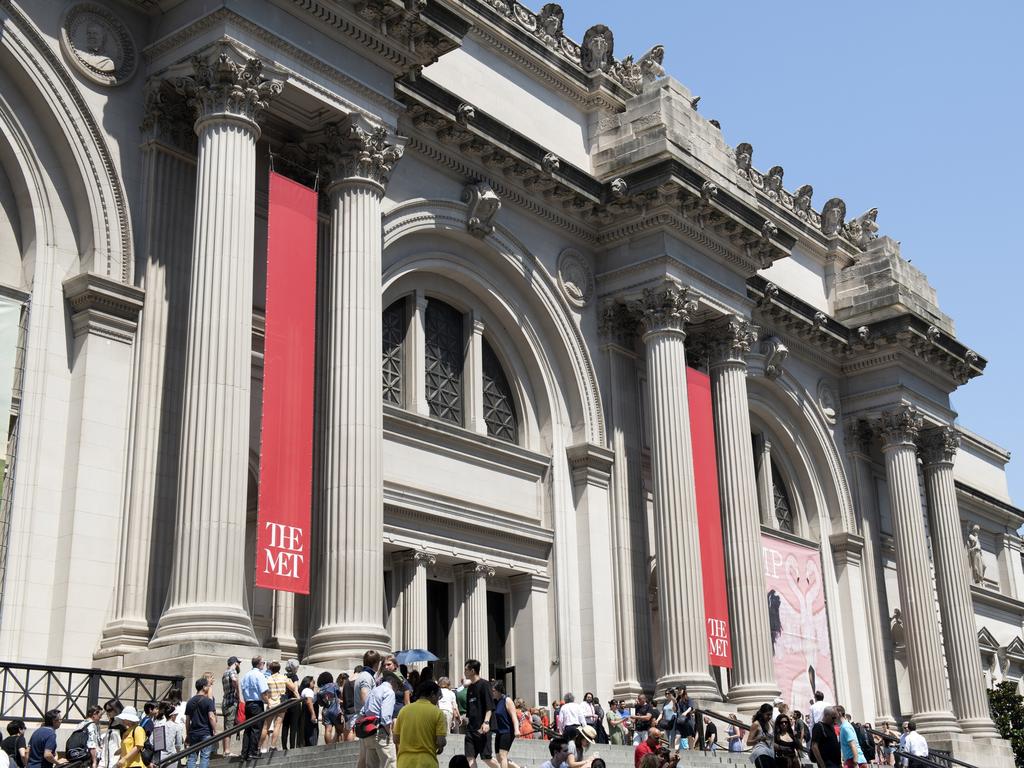Must-read travel authors: Bill Bryson; PJ O’Rourke; Theroux; Chatwin
These classic travel narratives will transport you far beyond your local government area.
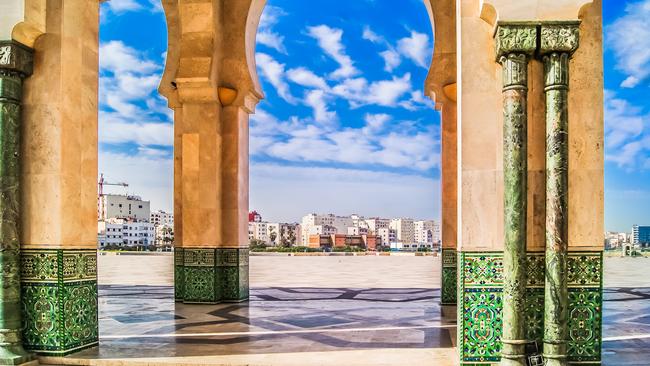
1 A Walk in the Woods by Bill Bryson (1998)
The witty American-born author takes off with an unenthusiastic companion on the Appalachian Trail along the east coast of the US. It’s the world’s longest continuous “footpath” and there are bears out there and no creature comforts. What could go wrong? Bryson is an important player in contemporary travel narrative realms for his ability to poke fun as much at himself as others. Such self-deprecation and astute observations have consolidated his reputation and he rarely fails to deliver entertaining prose. Since relocating to England in the 1970s he’s had enormous amounts of fun sticking it up the Brits, but his humour is so deft that surely few could be affronted. Also read: Notes from a Small Island.
2 The Caliph’s House by Tahir Shah (2006)
The subhead “a year in Casablanca” doesn’t even begin to cover the scope and hilarious tribulations of Shah, a London-born writer of noble Afghan descent, and his long-suffering family as they restore a dilapidated house in Morocco inhabited by invisible jinns, or guardian spirits. It has not been lived in for a decade. Birds are nesting in mouldy furniture and the water pipes have all burst. It’s rare to read about relocations to the Arabic world and while Shah reveals a wealth of detail about cultural complexities and frustrations, he discovers as much decency and kindness as he does corruption and hilarious incompetence. Also read: In Arabian Nights: A Caravan of Moroccan Dreams.
3 Chasing the Monsoon by Alexander Frater (1990)
The best book about India that few have ever heard of, this wonderful account by weather-fixated British journalist Frater, who died last year, tracks the path of the subcontinent’s annual rains and introduces us to Cherrapunji, officially the wettest place on Earth. We read of the bountiful and catastrophic effects of “the black walls of precipitation” that mark the monsoon as it moves north from Goa and Kerala to the Bangladesh border. He made the damp trek in 1987 and two years later I flew with him in east Africa aboard a flying boat that conked out in Tanzania. He promptly produced a hip flask to calm our nerves. The early era of aviation was Frater’s other great passion. Also read: Beyond the Blue Horizon.
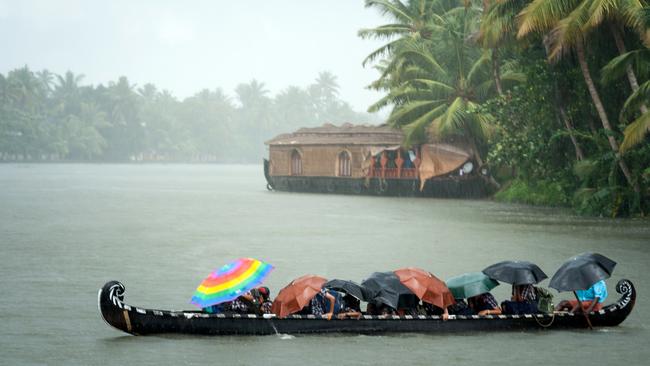
4 A Short Walk in the Hindu Kush by Eric Newby (1958)
You could call Newby the grandfather of travel narrative writing if it didn’t make him sound like a duffer. There have been so few writers with such a keen eye and pithy style. Newby, seafarer and ex-soldier, is journeying up the mountains southeast of Kabul, Afghanistan. He’s practised for the adventure by climbing rocks in Wales. His companion, Hugh Carless, is a diplomat and they are led by three local horsemen. Meeting the legendary explorer Wilfred Thesiger, whose accompanying interpreter is dressed in a double-breasted lounge suit, along the way barely puts Newby off his stride, even when he and Hugh are referred to as a couple of pansies by the eminent Thesiger. Also read: Slowly Down the Ganges.
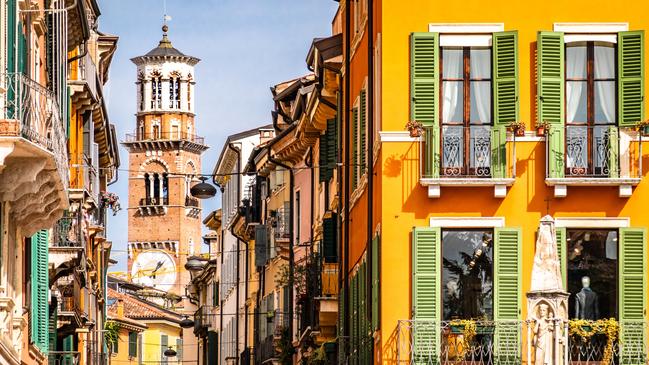
5 Italian Neighbours by Tim Parks (1992)
British scholar Tim Parks has lived in Italy since 1981 and his tales of expatriate life, of settling down and digging in, are full of warm humour. This debut book sets the scene as he relocates to a village near Verona with his Italian wife Rita and attempts to settle in while trying to decode the dichotomies of la dolce vita, the labyrinthine bureaucracy, the local passions for food and football, and the complexities of when is an acceptable hour to order the day’s first aperitivo. It’s as affectionate as it is amusing and sets the scene for further Italian narratives from Parks that don’t resile from the realties of Italian society. It’s not all la dolce vita and trains that run on time. Also read: An Italian Education.
6 In Trouble Again by Redmond O’Hanlon (1988)
The first lot of bother alluded to in the title occurred when O’Hanlon plonked the esteemed poet James Fenton into a canoe and off they went into the raging rapids of the Borneo jungles. Wisely, Fenton made himself unavailable for this follow-up, set along the Orinoco River of the Amazon rainforest in Venezuela. O’Hanlon’s sidekick this time is Simon Stockton, a photographer pal who specialises in nude snaps. He may have been misled by the description of a bird-watching expedition. Naturally, misadventure ensues. Tapir ticks in the groin, anyone? Jaguars, fire ants and piranhas? Yes to all, and add lashings of hyperbole. Suspend disbelief. It’s madly, boyishly hilarious. Also read: Into the Heart of Borneo.
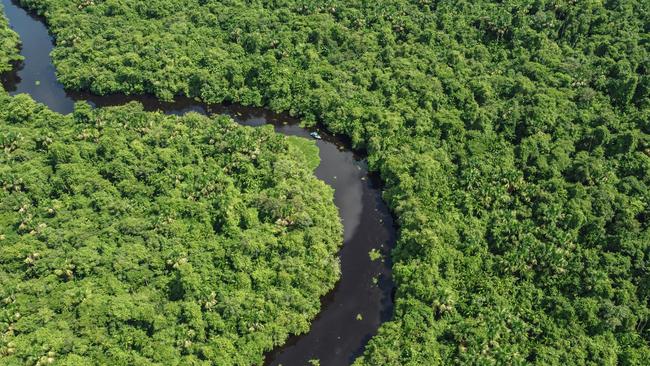
7 Holidays in Hell by P.J. O’Rourke (1988)
The book that spawned a catch-phrase and unleashed US political satirist O’Rourke to a wider audience is still a laugh-aloud read. He skewers a ragbag of desolate and dangerous destinations as he sets off looking for trouble in the likes of Nicaragua, a country of which he ponders, “Is (this) a Bulgaria with marimba bands or just a misunderstood Massachusetts with Cuban military advisors?” It’s never an easy ride, but O’Rourke always sniffs out the bogus and is unafraid to tell it like it is, frequently with drink in hand. Among other misadventures, he gets pepper-gassed at a student riot in South Korea and spends Christmas in El Salvador, totally in the name of research, of course. Also read: All the Trouble in the World.

8 Last Chance to See by Douglas Adams (1990)
It now seems extraordinary that Adams and co-author Mark Carwardine, a zoologist and environmentalist, wrote this prescient book more than 30 years ago. Their quest was to search out species in danger of extinction, from Komodo dragons to shy NZ ground birds, and to concurrently provide material for a BBC doco. Adams describes his encounters with customary wisdom and charm, but if the overall topic sounds dry, then chapters with titles such as Leopardskin Pillbox Hat should convince you otherwise. Adams passed away in 2001 and material sourced from the original trip formed the basis of a 2009 TV series of the same name presented by Stephen Fry and Carwardine. Also read: The Long, Dark Tea-Time of the Soul.
9 The Great Railway Bazaar by Paul Theroux (1975)
The characteristic wry and often caustic observations by Theroux about fellow travellers really resonate when he’s writing about life on the rails. So let’s start at the beginning with the book that put him on the travel map. “Railways are irresistible bazaars,” he tell us in this best-selling account of spending almost five months of catching trains and hurtling across Europe, east to Iran and Afghanistan and on to India, Myanmar, Vietnam, China and Japan, then homeward bound to London across the unknowable mass of the then Soviet Union. He’s admitted writing the book was a cathartic escape from a broken marriage. For many of his new fans, it ignited a passion for train travel. Also read: Riding the Iron Rooster.
10 What am I Doing Here by Bruce Chatwin (1988) There are more substantial Chatwin books to sink your teeth into, such as his masterly In Patagonia, but this collection is a perfect snapshot of his skill in getting to the nub of a place, of relating in an effortless manner such incidents as being arrested as a mercenary during a coup in Benin or joining Indira Gandhi on her 1978 campaign trail. It’s not coherently organised and, as ever, Chatwin comes across as a total know-it-all, but it was his last book (he died in 1989 at age 42) and it might just make you want to read all his work, afresh or anew, including the brilliantly titled Anatomy of Restlessness, a posthumously released collection of unpublished writing. Also read: The Songlines.




